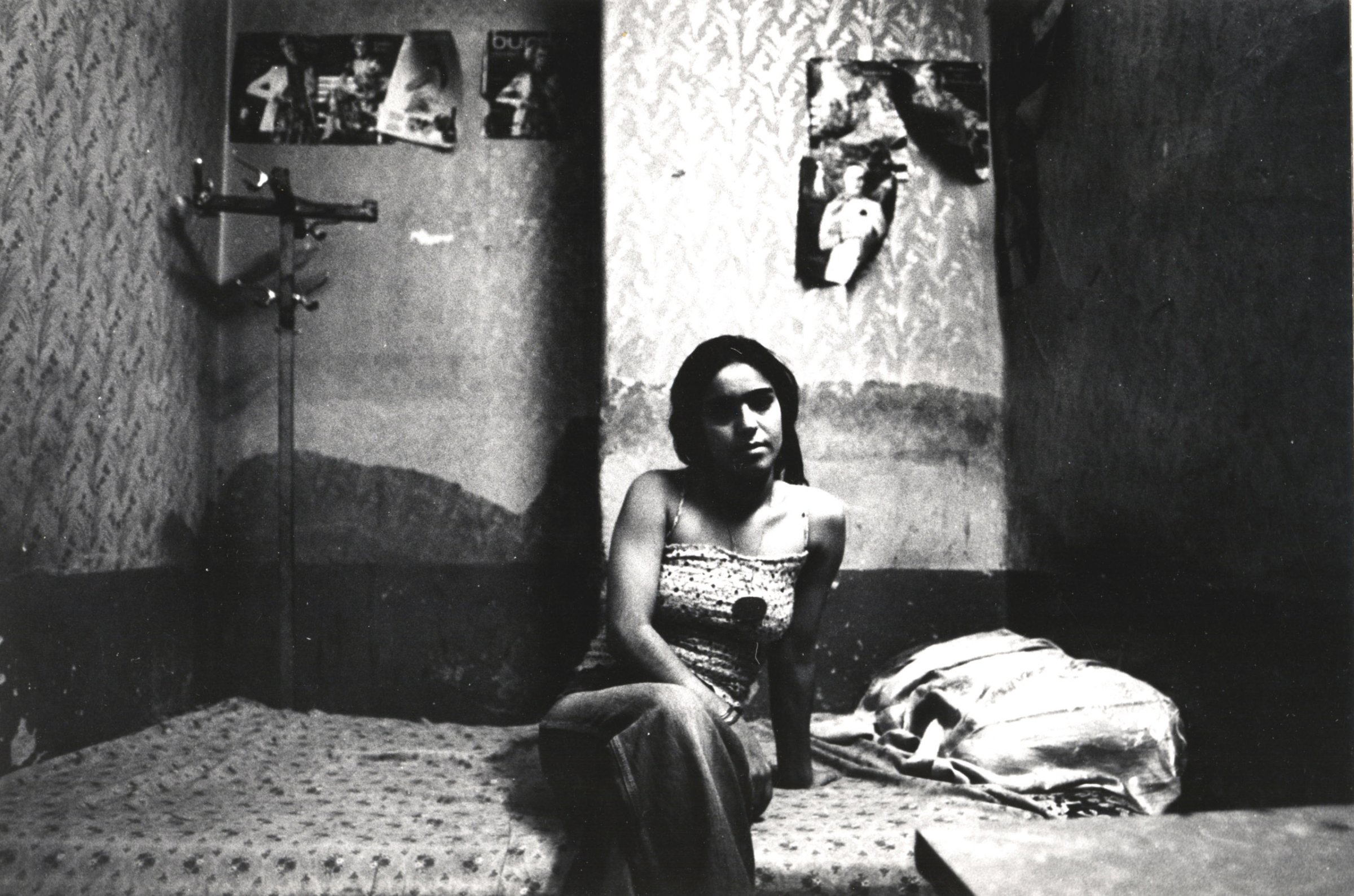
There are two stories in these photos. One is the peculiar story of prostitution in Iran. The images here, by the late Iranian photojournalist Kaveh Golestan, were taken between 1975 and 1977 in the red-light district of Tehran known as the Citadel. Women sold their bodies with the frankness, bleakness and the directness at the center of each frame. Tidy brickwork and clean right angles are the signature of Iran’s urban landscape. Against it, the human form stand out all the more.
Two years after these photos were made, the district was burned to the ground; reports said not all the women escaped alive. The fire was set by religious militants seeking to purify the city before the return of Grand Ayatollah Ruhollah Khomeini to Iran. From exile in France, the Shi’ite cleric urged Iranians to overthrow the monarchy of the U.S.-backed Shah Reza Pahlavi, and with it the secular modernity that had unsettled millions of devout Iranians who had moved to cities from the countryside, a migration that also amounted to a dislocation, one scholars later understood as a significant contributor to what came to be known as the Islamic Revolution. As Khomeini’s acolytes took control, the quest for strictly virtuous behavior meant women were forced to cover their hair, lovers’ hands to go unheld in public and movie theaters to shutter.
Prostitution, however, remained — both off the books and on. To this day in Iran, clerics will issue licenses for “temporary marriage,” authorizing assignations that may last for decades, or for as little as an hour. The latter are common even in the backstreets of Qom, the holy city crowded with seminaries and lonely seminarians. By the government’s own account, transactional sex is common across the country. Of the 40% of Iranians who have had their first sexual encounter at age 14, according to the Youth and Sports Ministry, many have likely lost their virginity to a prostitute. The category takes in a wide range in Iran, where according to a 2009 government survey, more sex workers are married than single. A significant portion of prostitutes — 11% — reported that they work with the knowledge of their husbands. It is above all a way of bringing in money, in a country where the economy was dysfunctional before it faced sanctions, and the extraordinarily high rate of opium addiction has long been understood as an expression of despair. In the 2014 cult film, A Girl Walks Home Alone at Night, the heroine is an Iranian prostitute being stalked by a vampire, addiction for blood an arch stand-in for opium, heroin or crystal meth. The government surveys also indicate prostitutes who before the revolution were in their 30s, today may be half as young. “We are hungry,” says one of the women in The Women’s Quarter, the documentary made by the director Kamran Shirdel. “There is no other way.”
Golestan, the photographer, is the other story at hand. When the government closed down filming of Shirdel’s documentary while he was still shooting, he completed it using Golestan’s stills. Golestan was a premier photojournalist in a country whose government deplored candor. He won the Robert Capa Gold Medal covering the 1979 Revolution for TIME, and photographed Saddam Hussein’s gas attack on Halabja. The Citadel images were resurfaced by Vali Mahlouji, as part of the London-based curator’s Archeology of the Final Decade project, which aims for to put the present into context via counterpoint with images from the past, especially a past made to vanish as abruptly and violently as Tehran’s red-light district. “The revealing photographs captured by Kaveh Golestan are the only photographic memory of these women and the urban space of the Citadel,” Mahlouji writes. “The area was flattened and in an act of memory erasure converted into a park which stands today.”
I knew Golestan only in passing, though the man made an impression — shaggy mustache worn longer than his beard, a genial host greeting a visitor in the cheerful, bustling house that the BBC used as its Tehran bureau, and where he worked as cameraman. We also crossed paths in northern Iraq, where he was killed on a spring day in 2003 when, casting about as we all were for news on a front that had no real fighting, the BBC crew ventured to a position Saddam’s troops had abandoned, but not before seeding it with land mines. Golestan stepped on one, and fell onto a second. He had been mentor to a generation of young Iranian photographers.
Four years later, his father took questions on a stage at Stanford University. Ebrahim Golestan was, like Kaveh, a filmmaker, and so famous that even after living in exile in England since the 1970s, he retained the star power to draw hundreds of Iranians to see him simply sit in a chair and chat with an interlocutor for a couple of hours. The host asked his own questions, then read a few sent up from the audience, which was largely wealthy — this was Silicon Valley — and deeply respectful. Someone gently observed that Ebrahim had faced a lot of loss in his life, and invited the artist to speculate on how it may have influenced his work. The old man sat with the question for a moment before replying. “Death,” he finally said, “is always there, in front of you. I find, if I pay attention, I do better.”
Michelle Molloy, who edited this photo essay, is a senior international photo editor at TIME.
Vick is a correspondent at TIME.
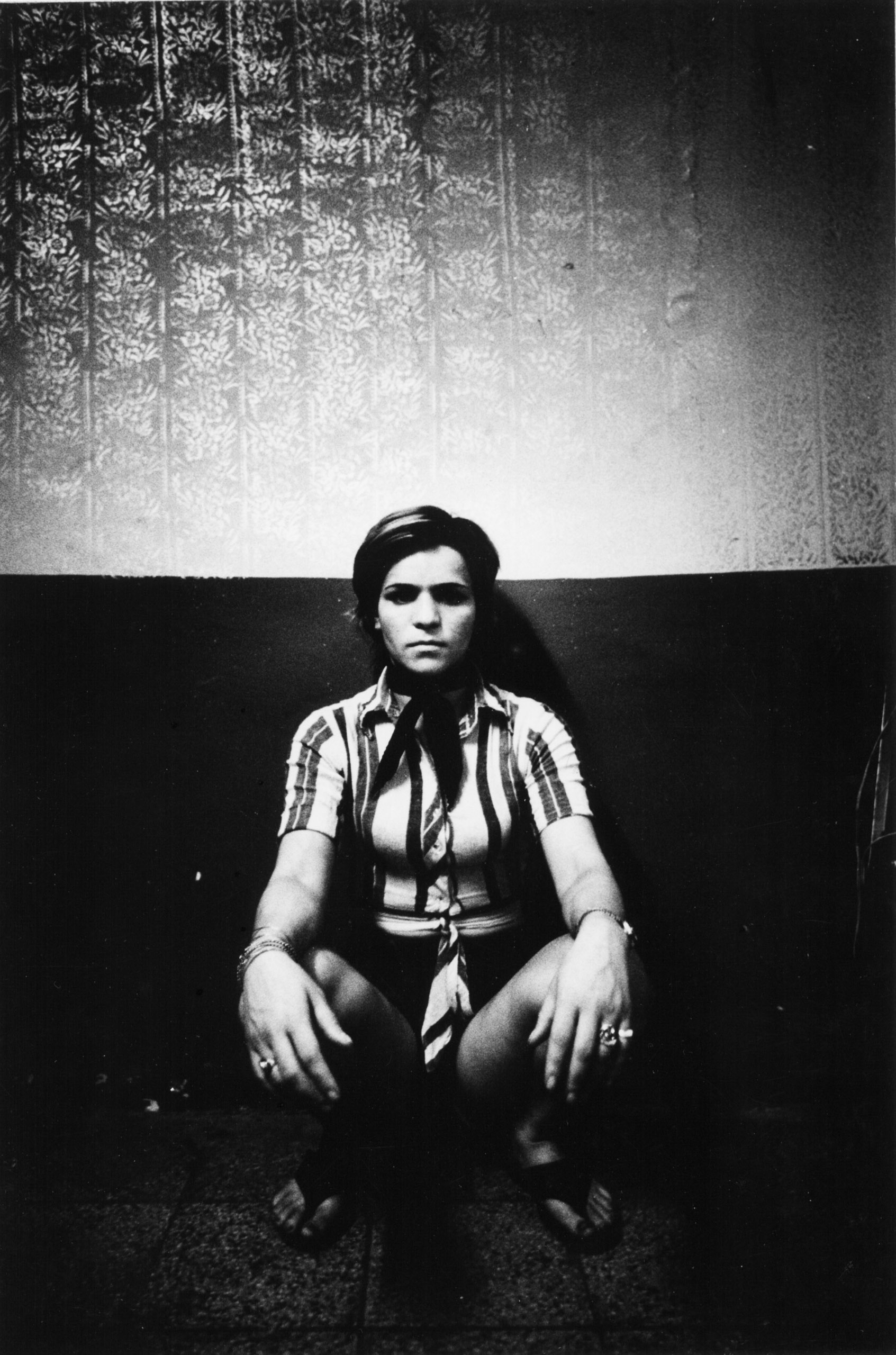
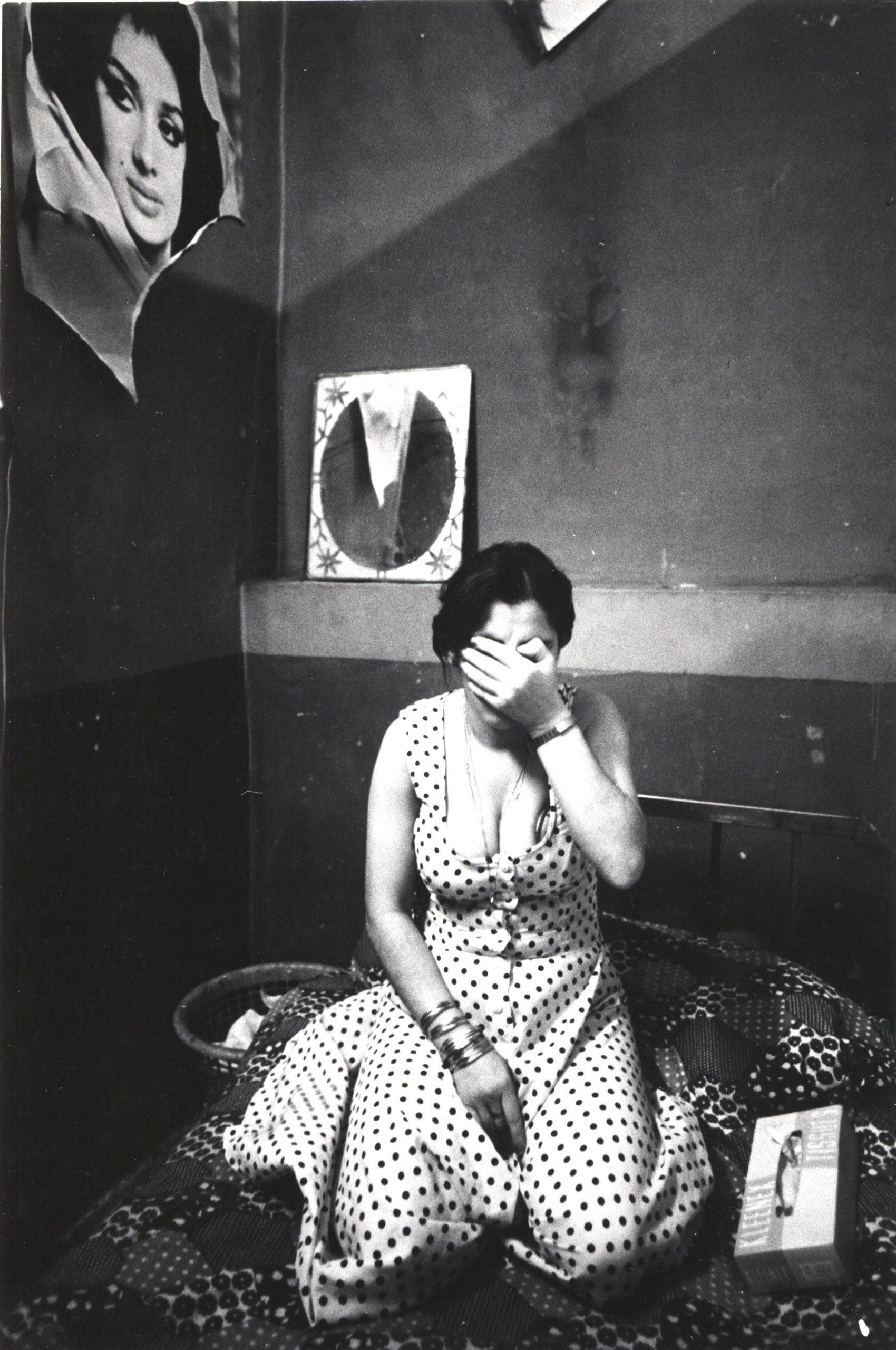
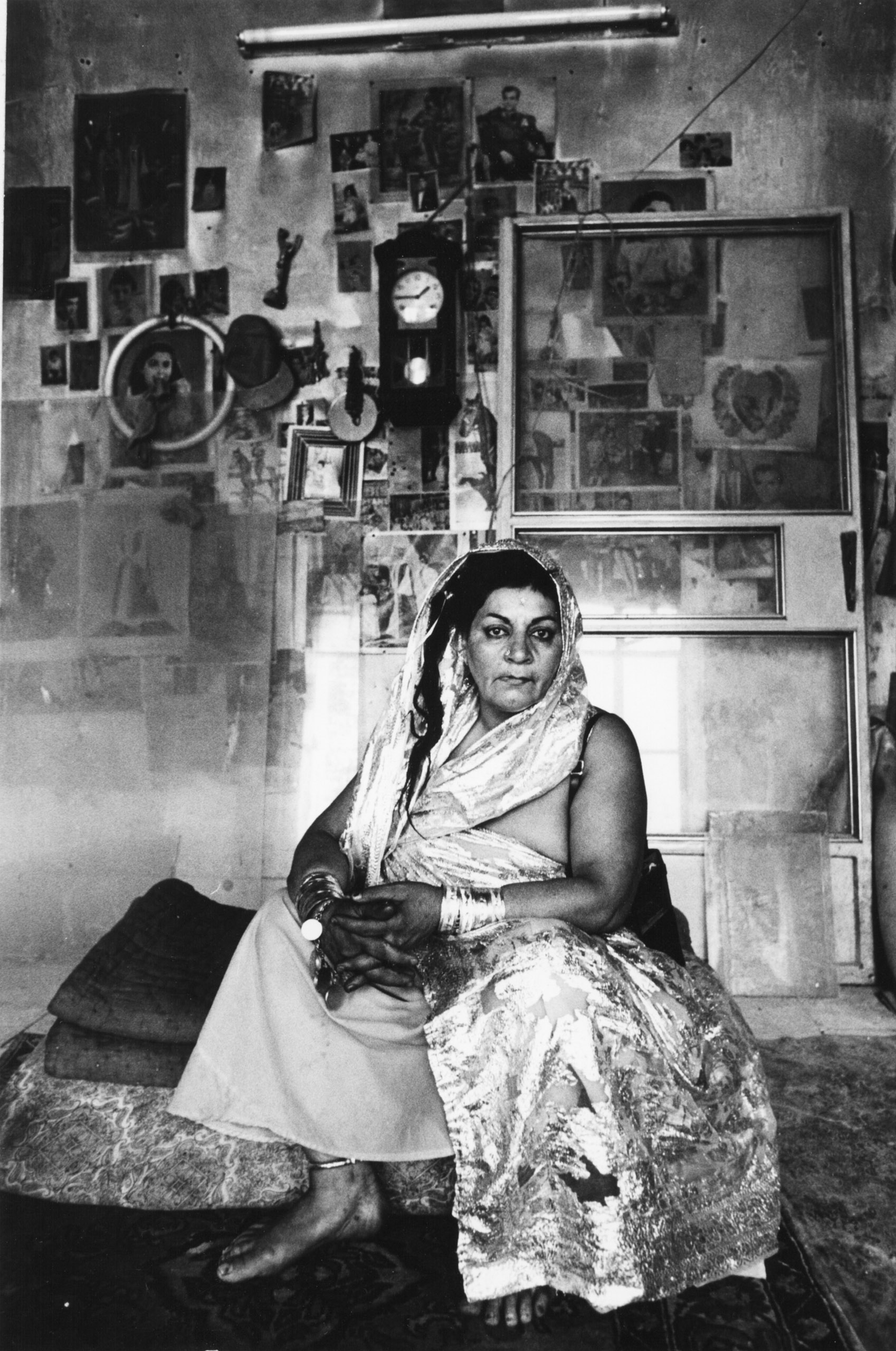
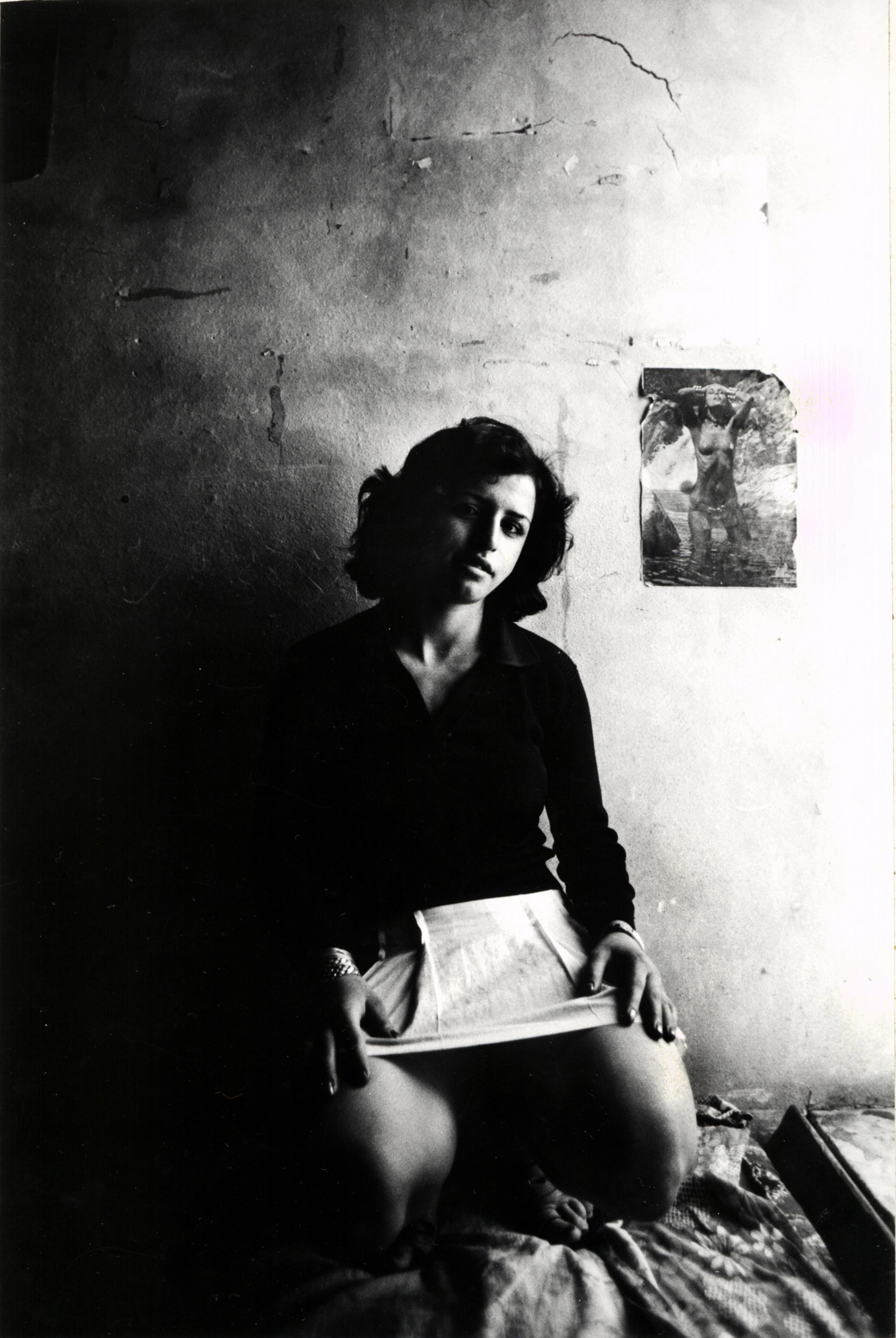
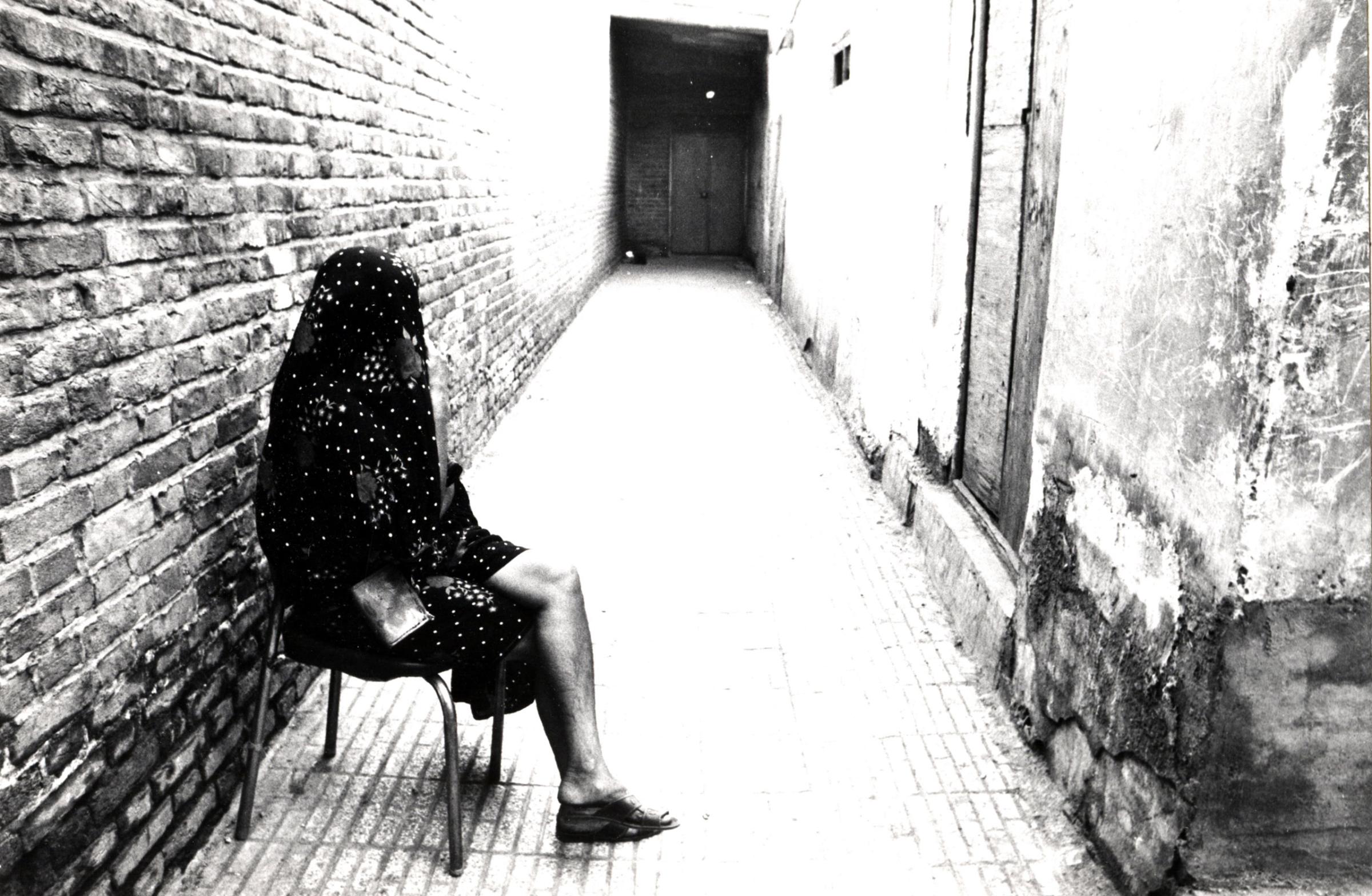
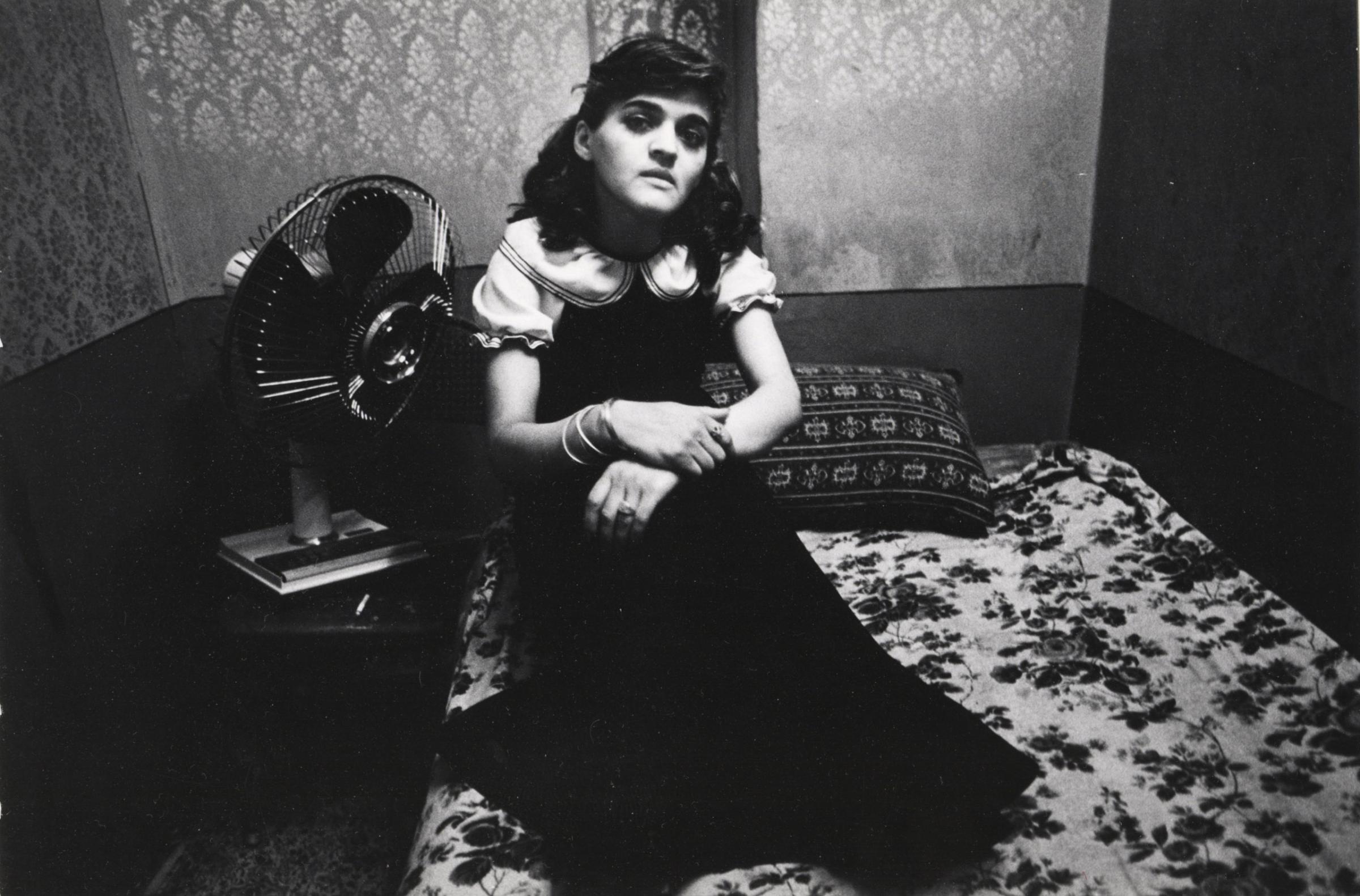
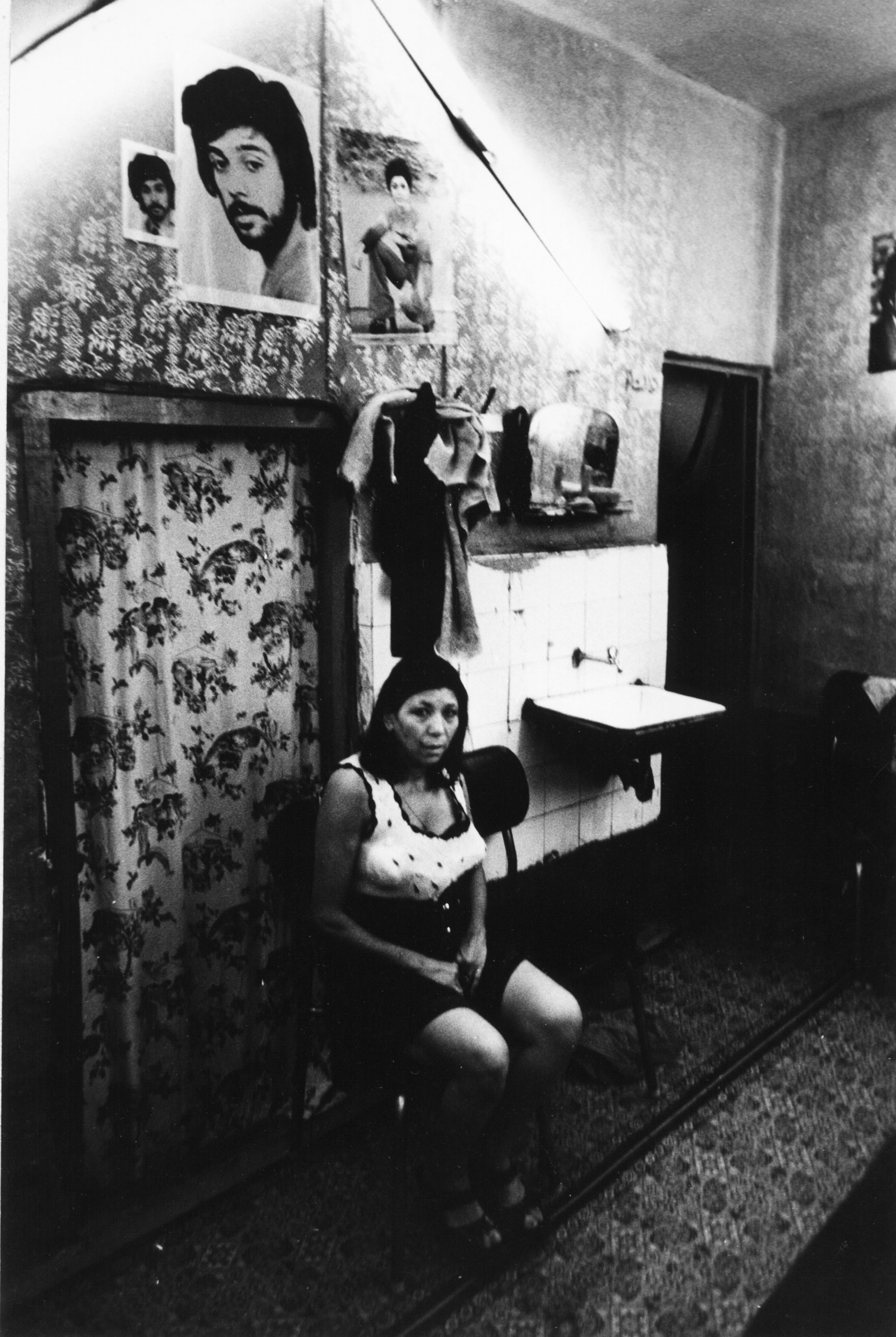
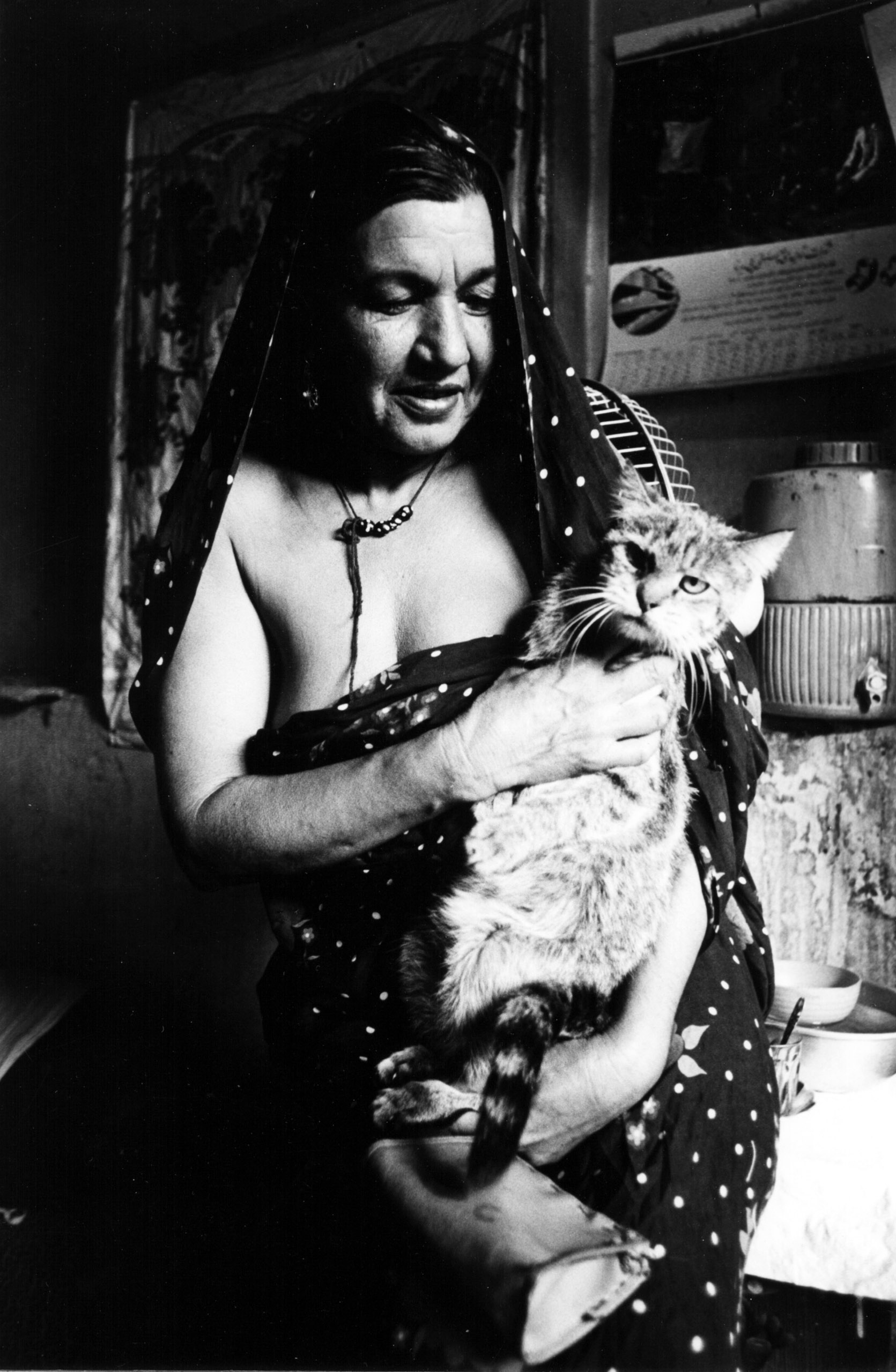
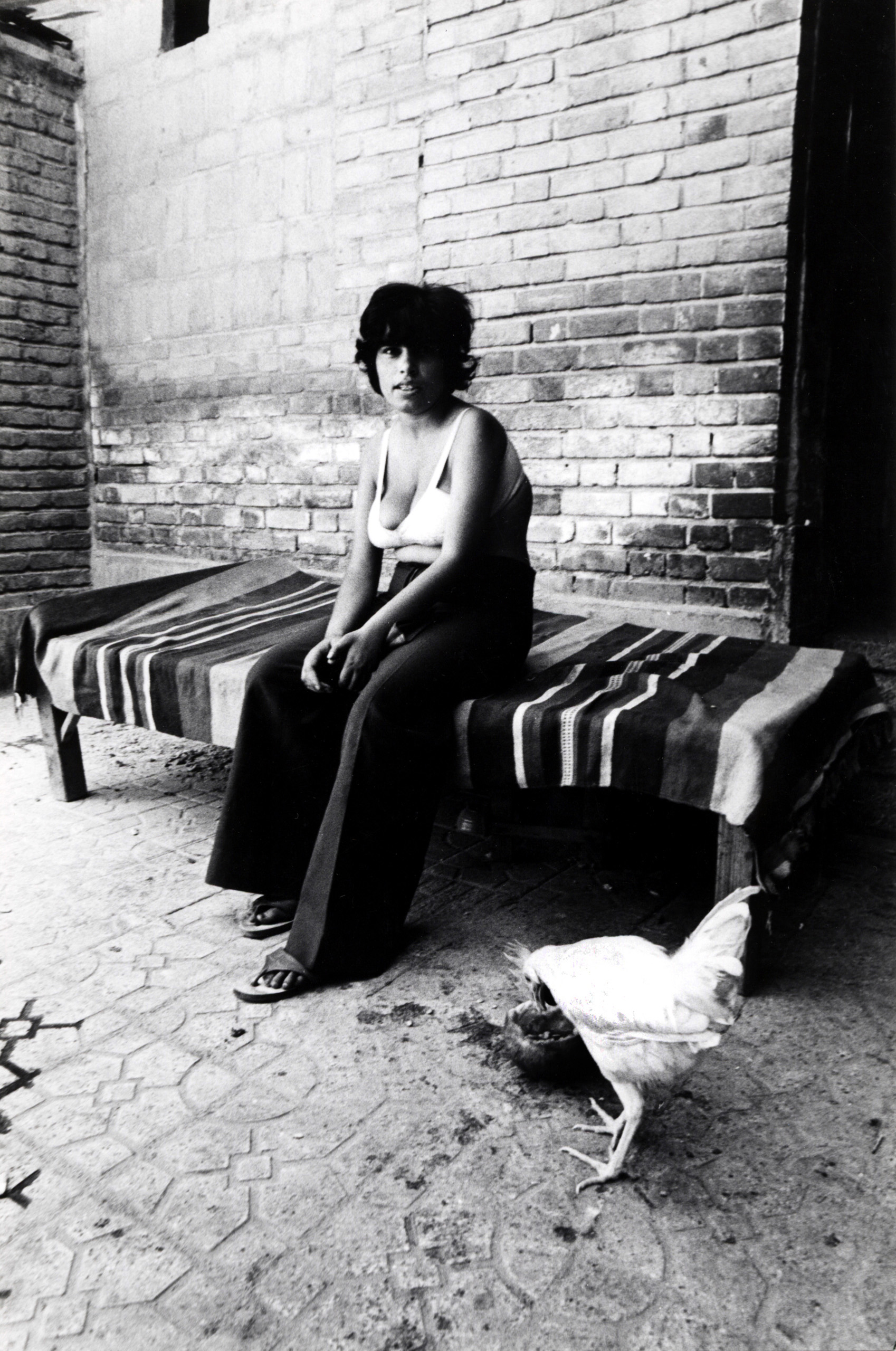
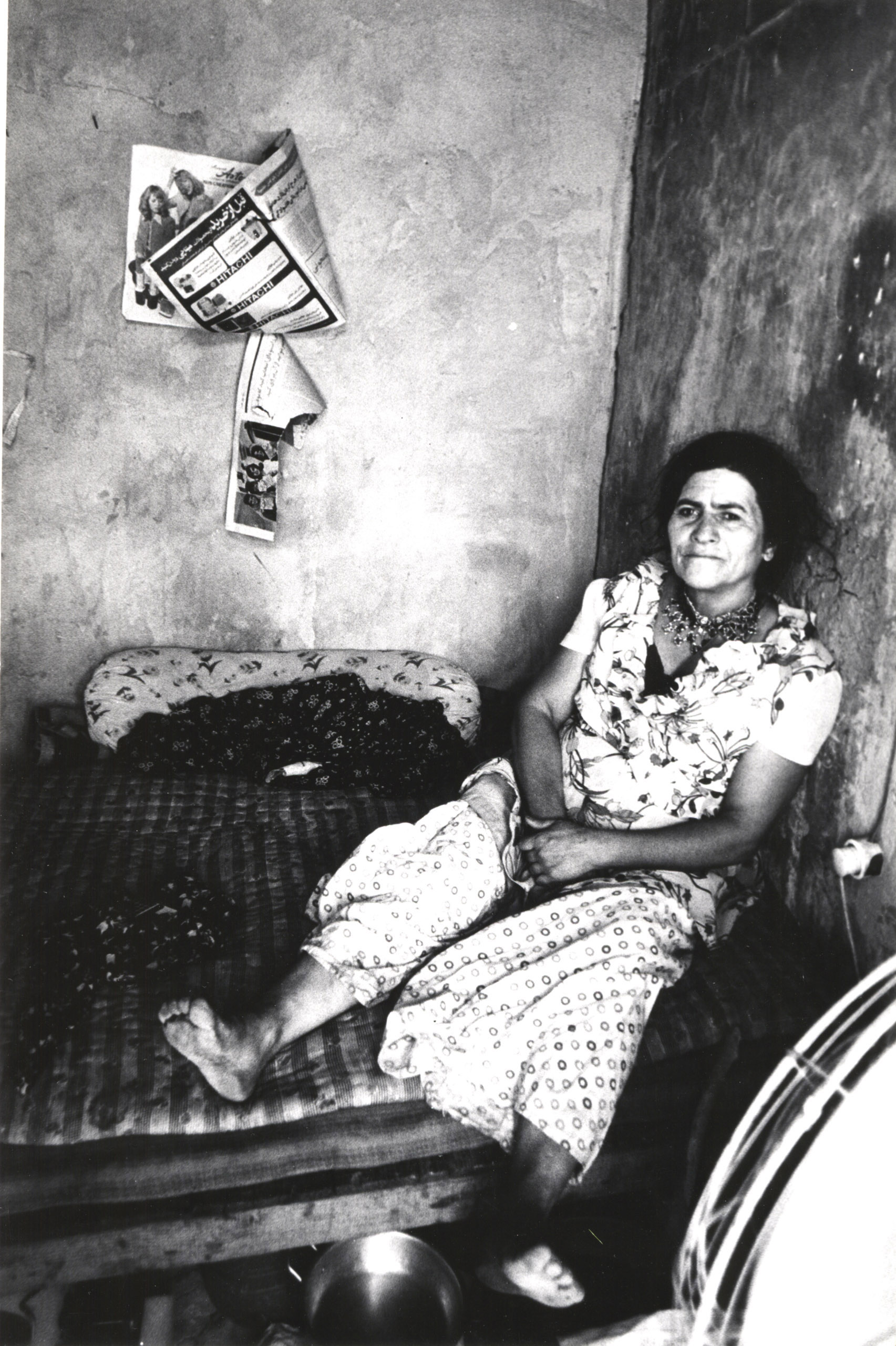
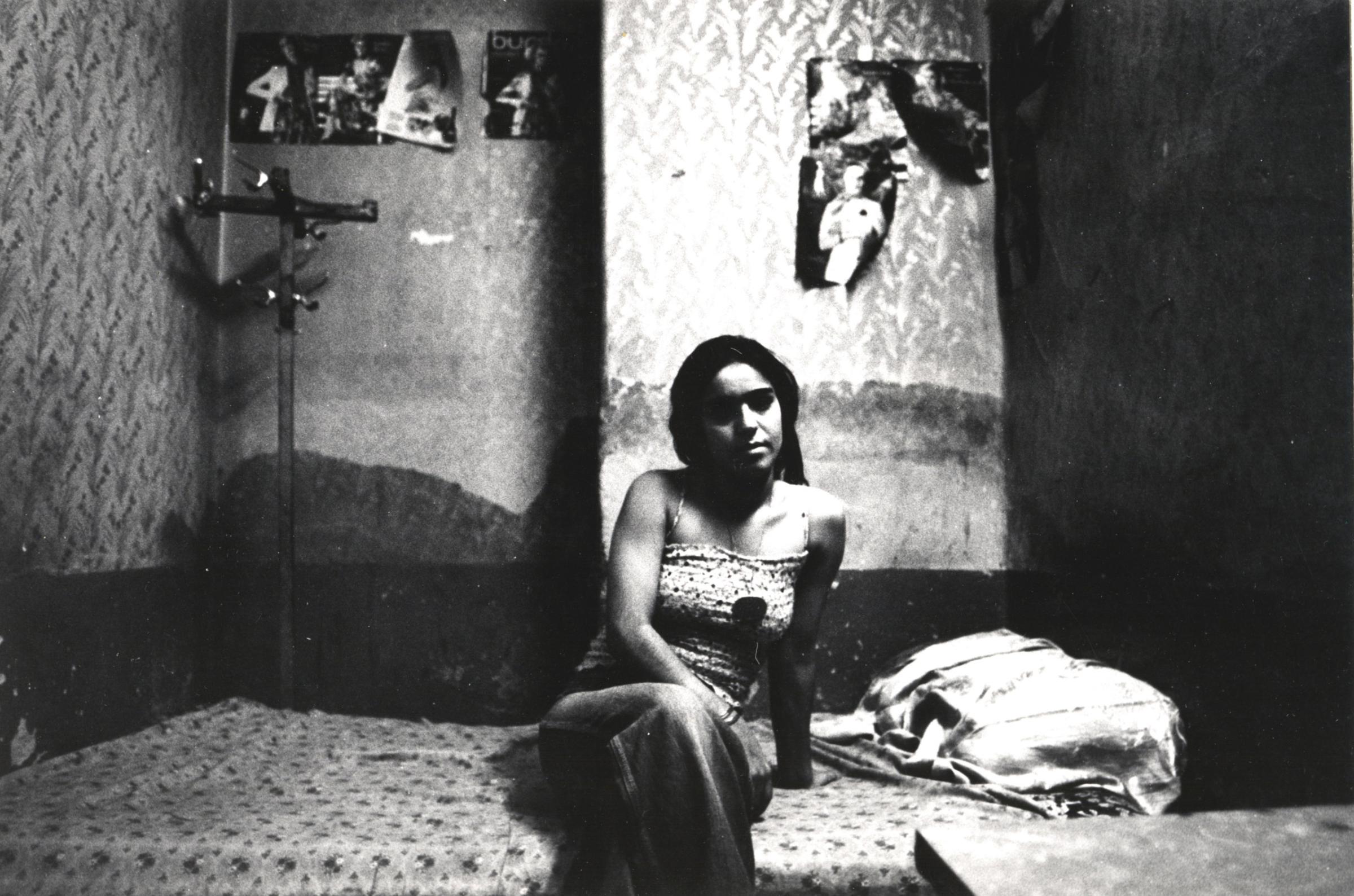
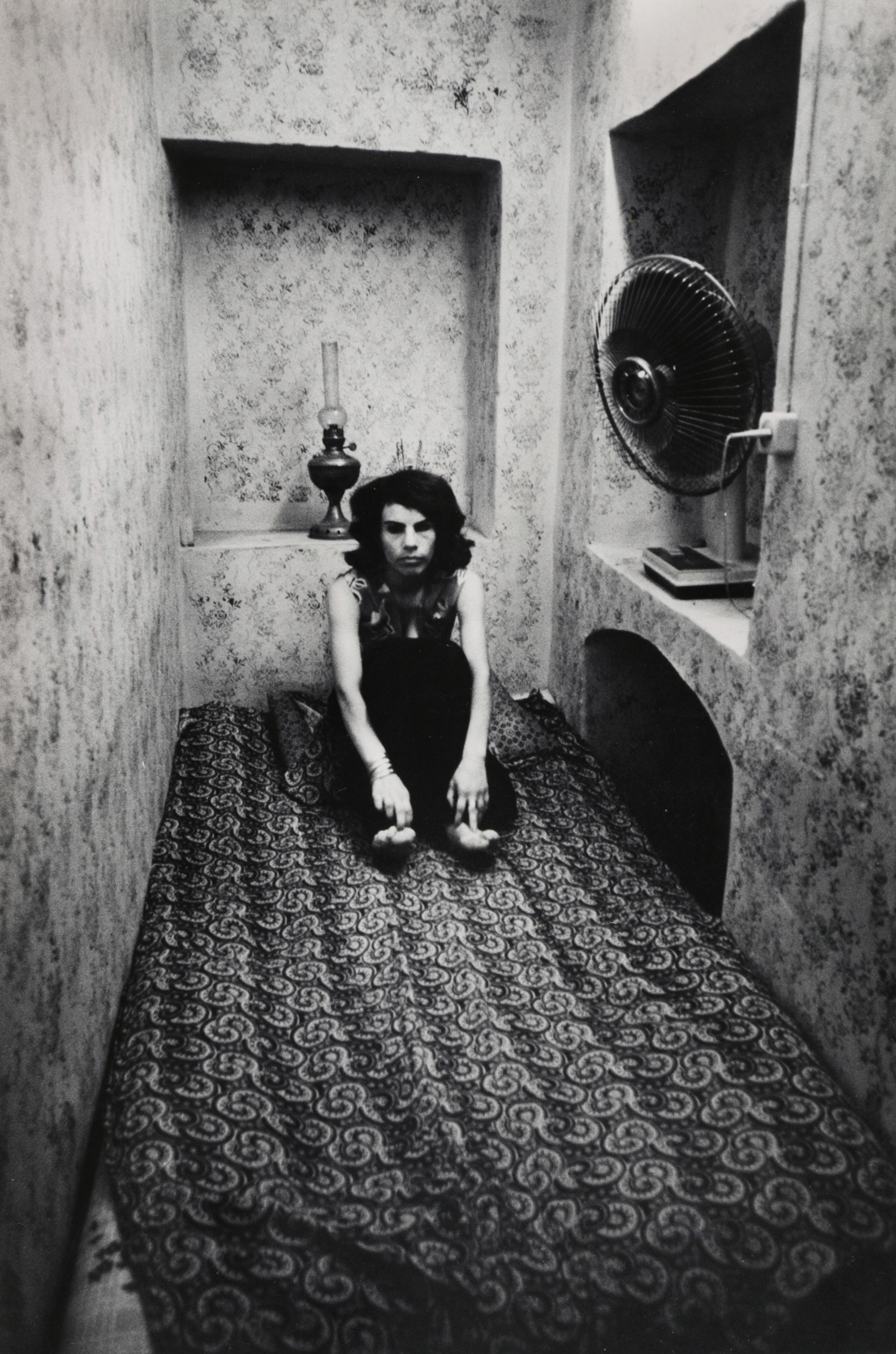
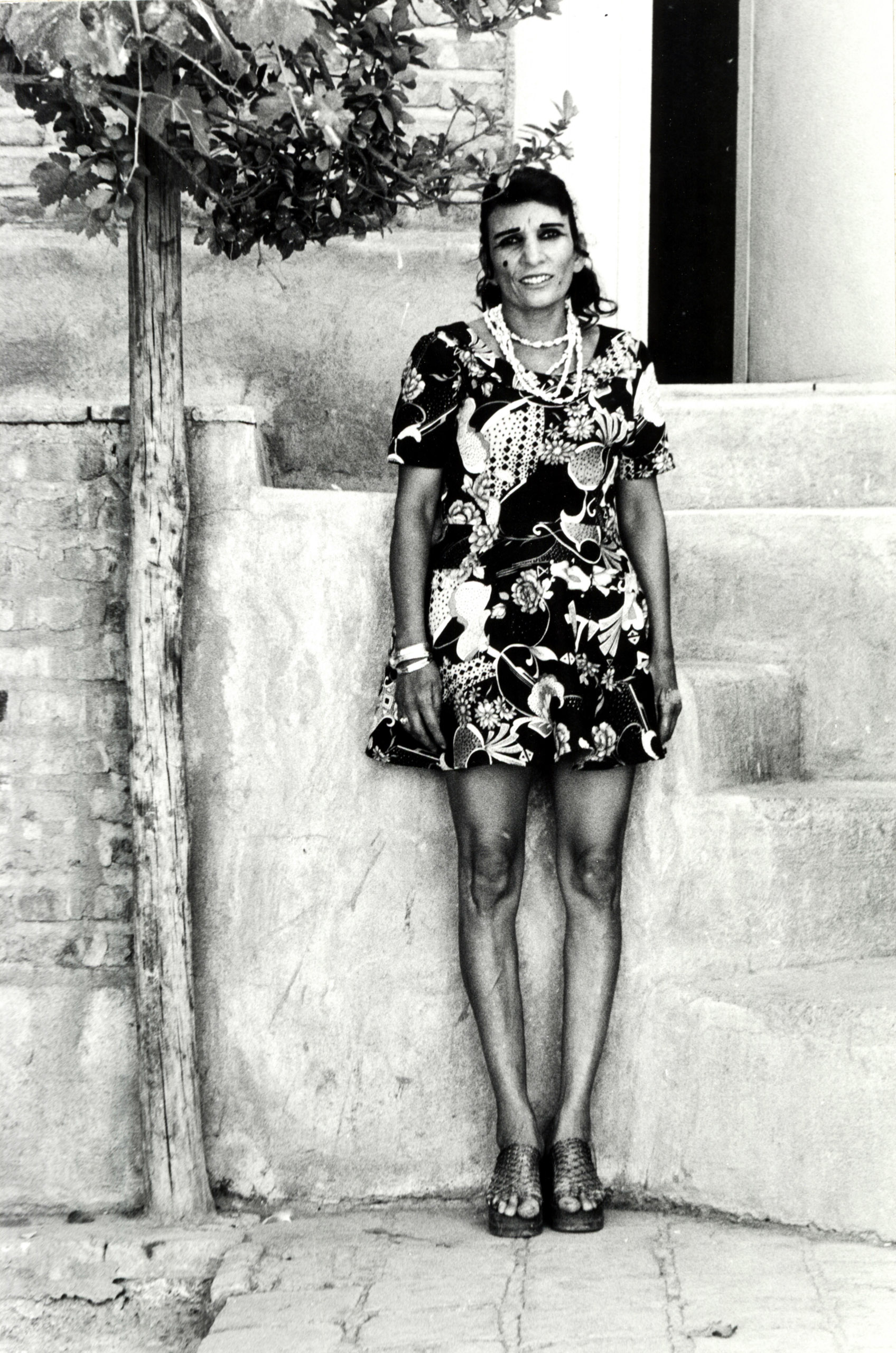
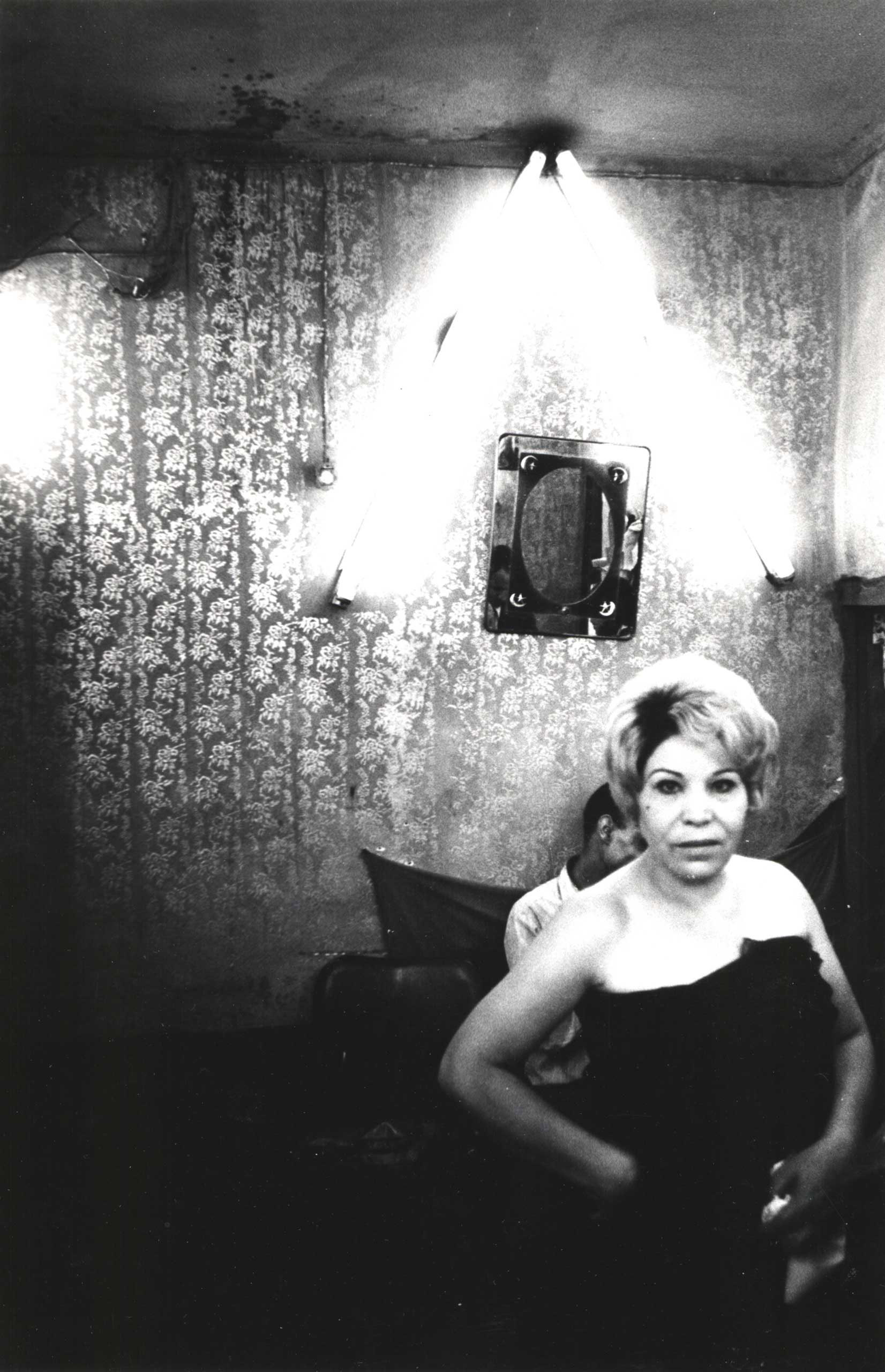
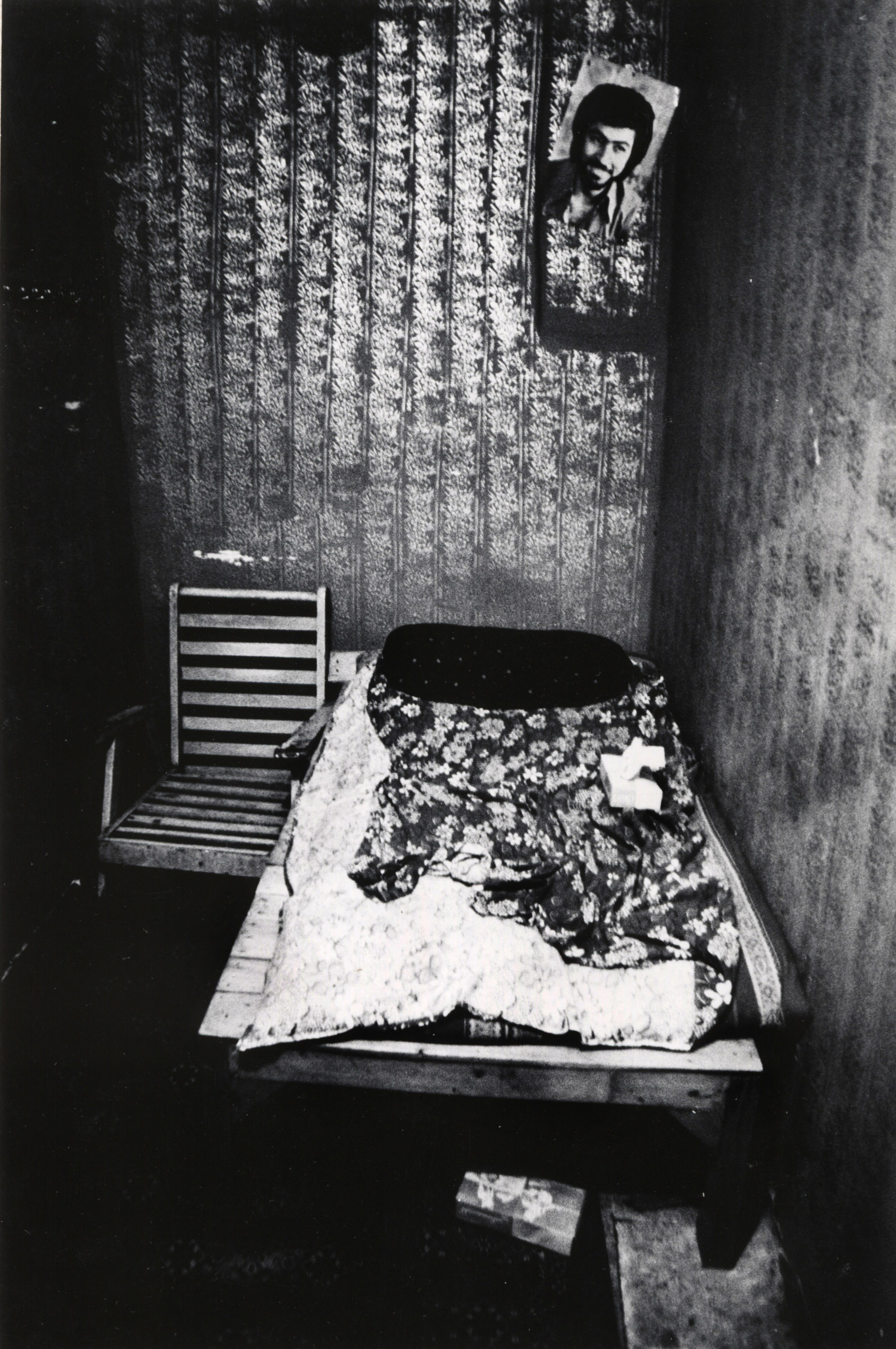
More Must-Reads from TIME
- How Canada Fell Out of Love With Trudeau
- Trump Is Treating the Globe Like a Monopoly Board
- Bad Bunny On Heartbreak and New Album
- See Photos of Devastating Palisades Fire in California
- 10 Boundaries Therapists Want You to Set in the New Year
- The Motivational Trick That Makes You Exercise Harder
- Nicole Kidman Is a Pure Pleasure to Watch in Babygirl
- Column: Jimmy Carter’s Global Legacy Was Moral Clarity
Contact us at letters@time.com